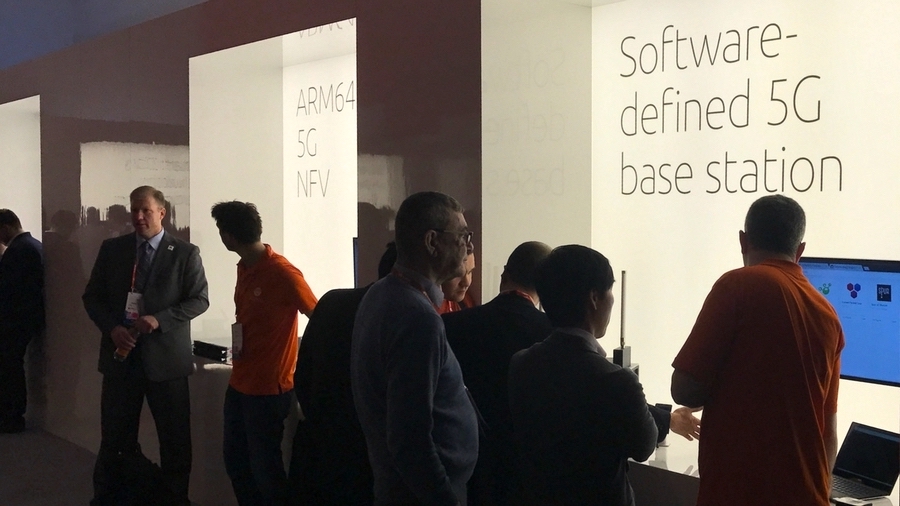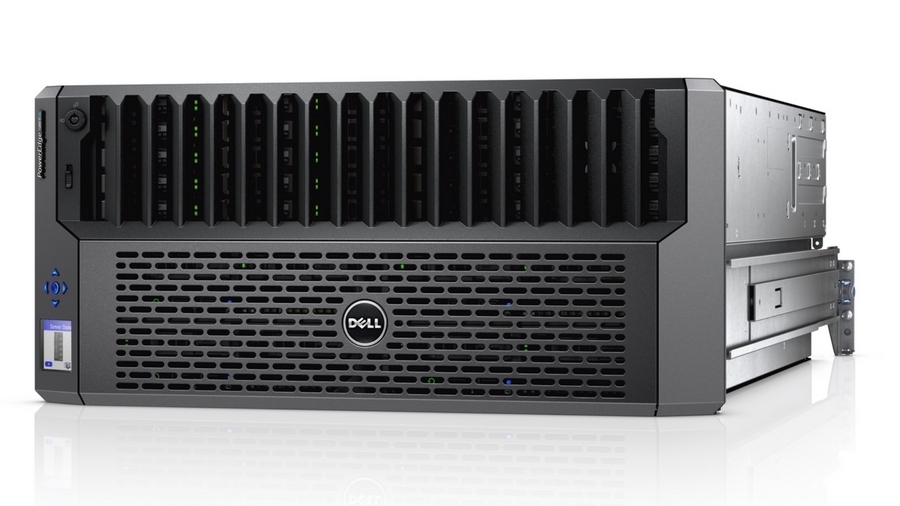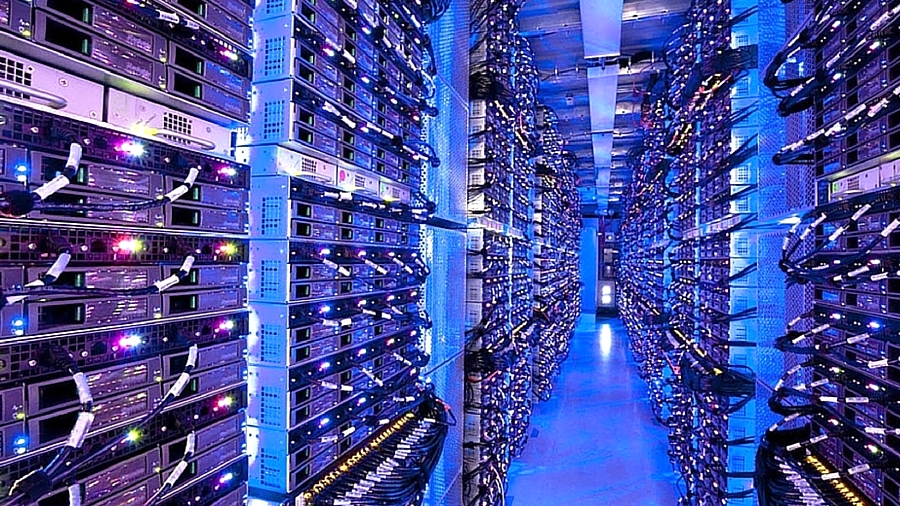Is hardware dead? Why the future of tech is software-defined
Get ready for a virtualised future and IT-as-a-Service

Software is eating the world. Soon, hardware may cease to hold meaning; we're already talking less about hardware and more about apps. Why? All IT is becoming software-defined, and it's happening at a dizzying pace.
“The drive for digital transformation means enterprises are embracing cloud in all its forms, and with it, the Internet of Things (IoT),” says Hubert Da Costa, VP EMEA, Cradlepoint. It has become fashionable to talk about software-defined everything – or SDx – but it's worth considering the main elements that are disrupting IT right before our eyes.
What is software-defined networking?
Software-defined networking (SDN) makes IT quicker and easier. "SDN changes the way companies build and manage their IT environments, allowing them to be more flexible," says Mark Lewis, EVP Communications & Connectivity, Interoute, adding that SDN should also allow customers to change their own IT footprint.
At its core, SDN is about capacity, and using AI to optimise networks so they don't creak under the pressure of streaming video and fast-growing numbers of IoT devices.
"Software-defined networking enables IT managers to maintain visibility, security and control over the next-generation wide-area networking," says Da Costa.
"SDN holds great potential for productivity increases in IT because it acts as a unifying force between disparate elements – computing, networking, virtualisation and information," says Lewis, adding that SDN can also help streamline IT expenditure. However, within the umbrella concept of SDN is software-defined wide-area networking (SD-WAN) and, more recently, SD-Perimeter.

What is SD-WAN?
It's basically a way in which an expanding global company can use software to gradually grow its network traffic and performance. "SD-WAN addresses the ‘places’, the branch networks piece of the puzzle," Da Costa says, explaining that it's about leveraging traditional infrastructure technology and making an intranet cheaper, faster and easier to configure.
Are you a pro? Subscribe to our newsletter
Sign up to the TechRadar Pro newsletter to get all the top news, opinion, features and guidance your business needs to succeed!
SD-WAN is going to be big: Cisco has just purchased US-based SD-WAN software provider Viptela, and analysts at IDC think the SD-WAN market will be worth $6 billion (around £4.5 billion, AU$8 billion) by 2020.
“While companies use different wide area networks (WANs) – from MPLS and broadband to 4G and public Wi-Fi – to expand and grow, all present challenges like poor branch application performance, connectivity issues and rising network maintenance costs,” says Marc Sollars, CTO of specialist integrator Teneo. "SD-WAN products leverage companies’ existing network investments and cloud applications, improve local application performance visibility, and boost branches’ agility – from the centre."
What is SD-Perimeter?
SD-Perimeter as a concept originates from the Cloud Security Alliance. "SD-Perimeter deals with people and things, and is effectively SDN for the internet," says Da Costa. SD-Perimeter is essentially for companies adopting IoT projects and using public cloud services. "It extends the same level of visibility, security and control to the network that’s built over the internet, and the traffic that travels on it," he adds.

What is software-defined telephony?
Telephony now sits in the cloud. VoIP is not new, but what it has done to business models is. “Cloud telephony is just another software application running on the network,” says Rami Houbby, MD at cloud telephony provider NFON UK. Its capacity is almost limitless and extensions or home offices can be added or removed as required – it’s just software, after all.
“There are huge operational efficiencies – updates can be applied across the whole customer base, whereas an on-premise solution update required on-site updates, which mean delays and increased costs,” explains Houbby.

What are software-defined data centres?
SDDCs are all about virtualising infrastructure and hyper-scaling, largely by using software to automate all functions. “An SDDC is where all infrastructure is virtualised and automated by intelligent software," says Michael Allen, VP EMEA at Dynatrace, explaining that they're constantly self-optimising, so always at optimum performance, easier to deploy, and offer rapid scalability.
Data centre components can be managed and maintained via software, rather than manually, and that is a turning point for IT. “It represents the moment when networking infrastructure and IT infrastructure completely merge into one platform,” says Lewis.
However, SDDCs are tricky for IT staff to assess. “As a result, companies with SDDCs are increasingly turning to AI and advanced machine learning to detect and remediate issues before they affect end-users,” notes Allen.
Jamie is a freelance tech, travel and space journalist based in the UK. He’s been writing regularly for Techradar since it was launched in 2008 and also writes regularly for Forbes, The Telegraph, the South China Morning Post, Sky & Telescope and the Sky At Night magazine as well as other Future titles T3, Digital Camera World, All About Space and Space.com. He also edits two of his own websites, TravGear.com and WhenIsTheNextEclipse.com that reflect his obsession with travel gear and solar eclipse travel. He is the author of A Stargazing Program For Beginners (Springer, 2015),
